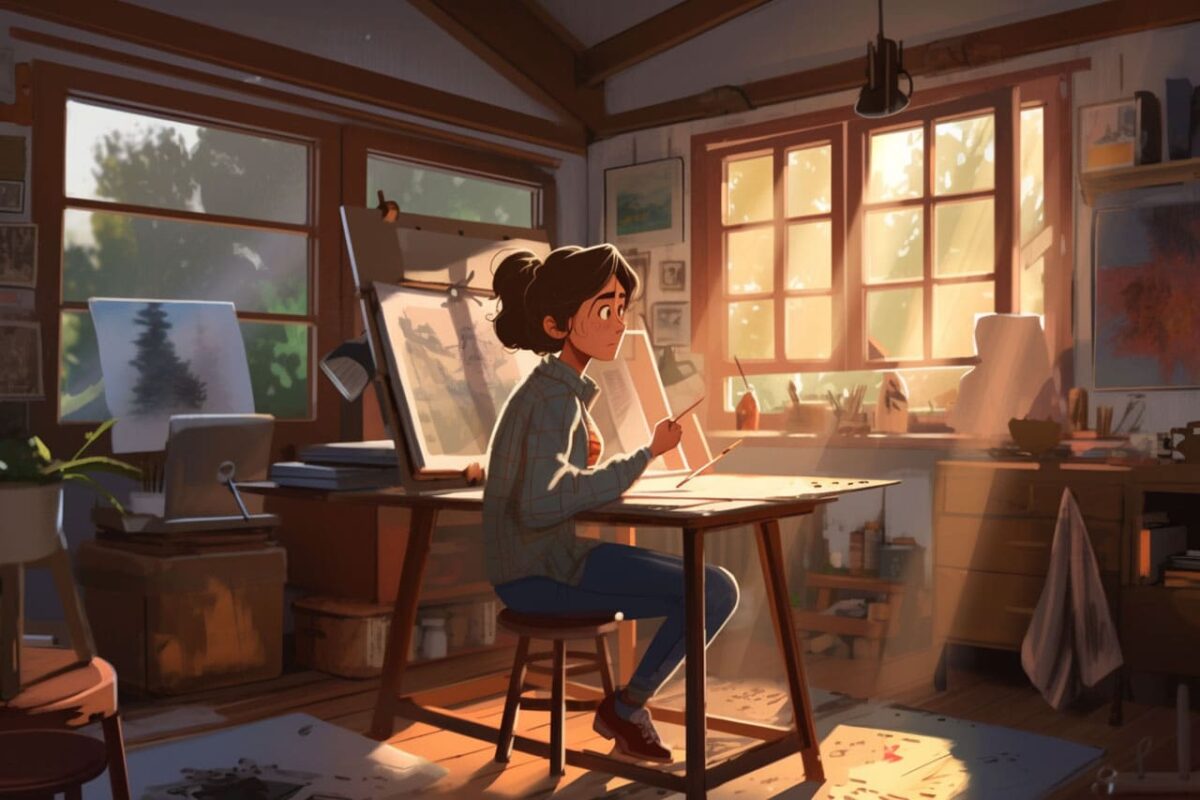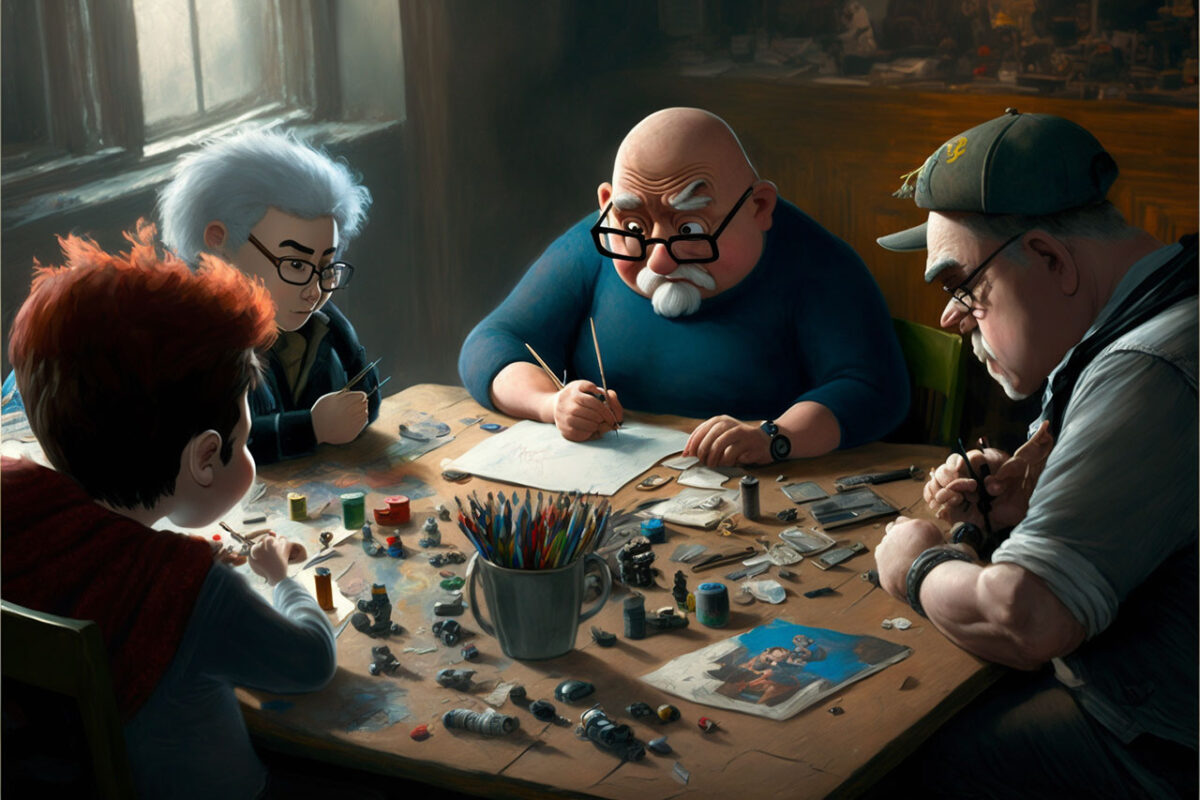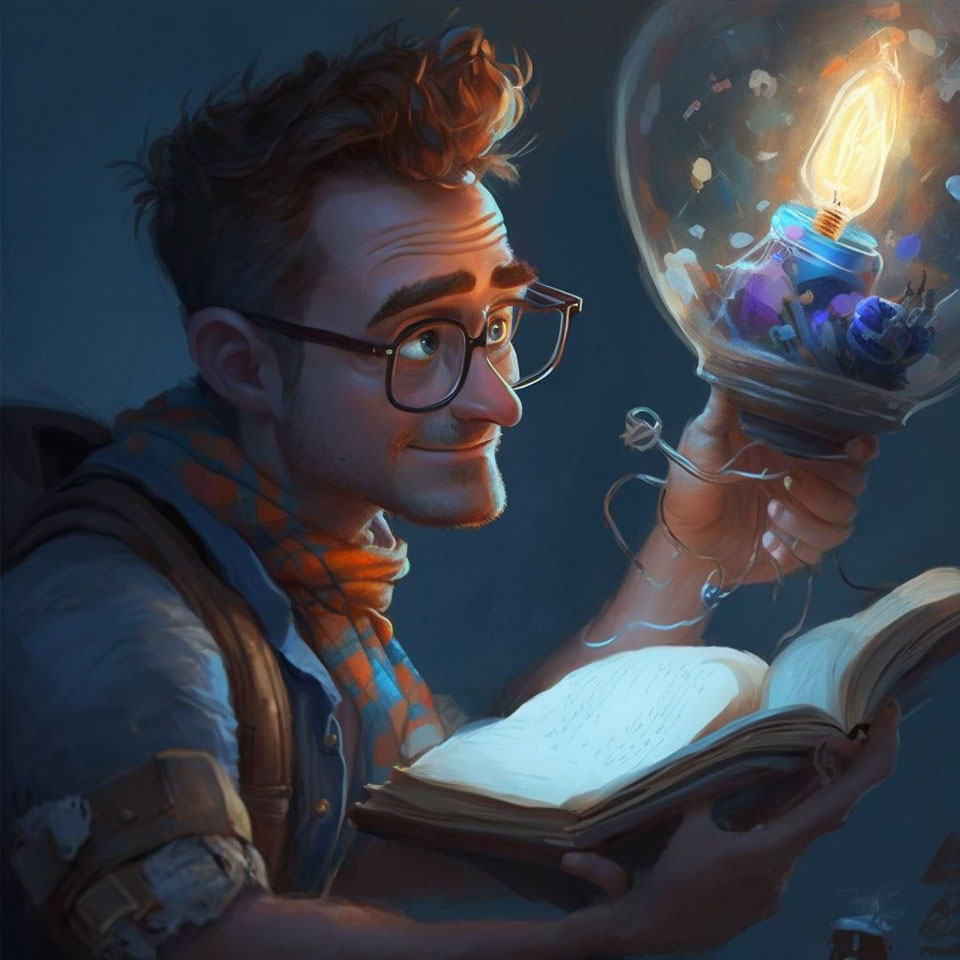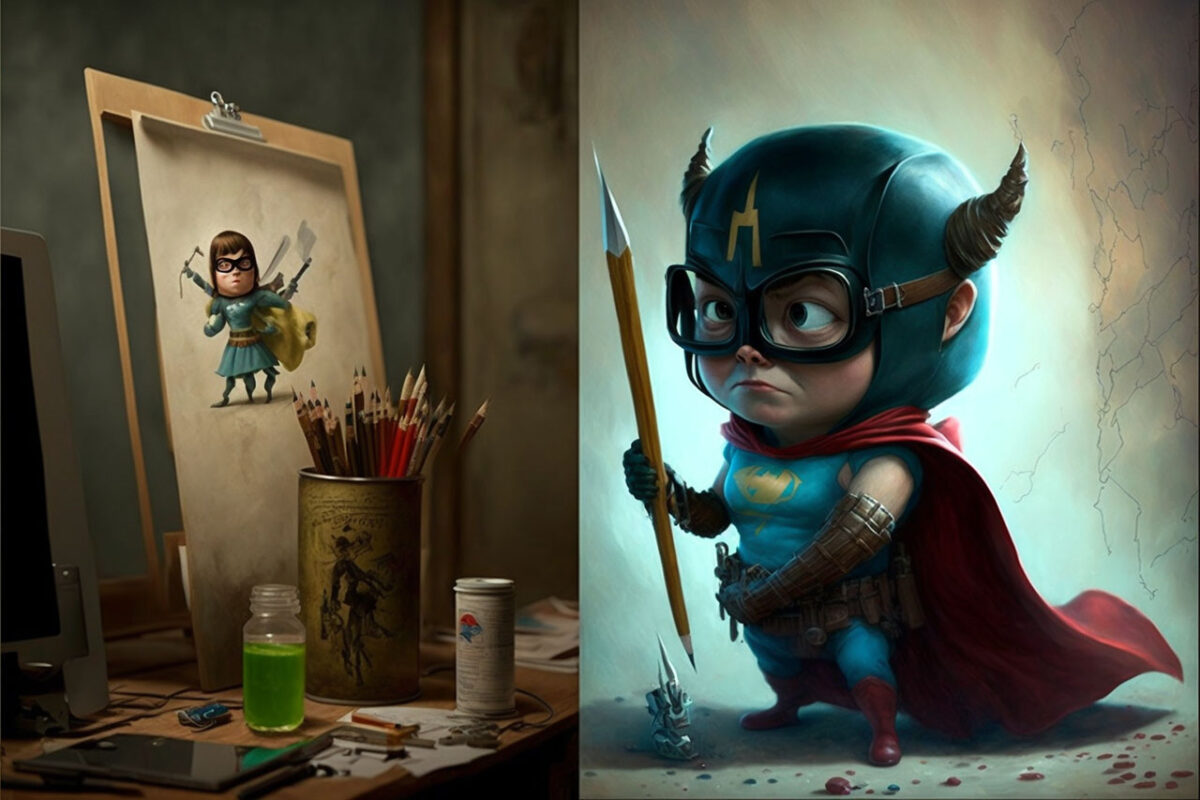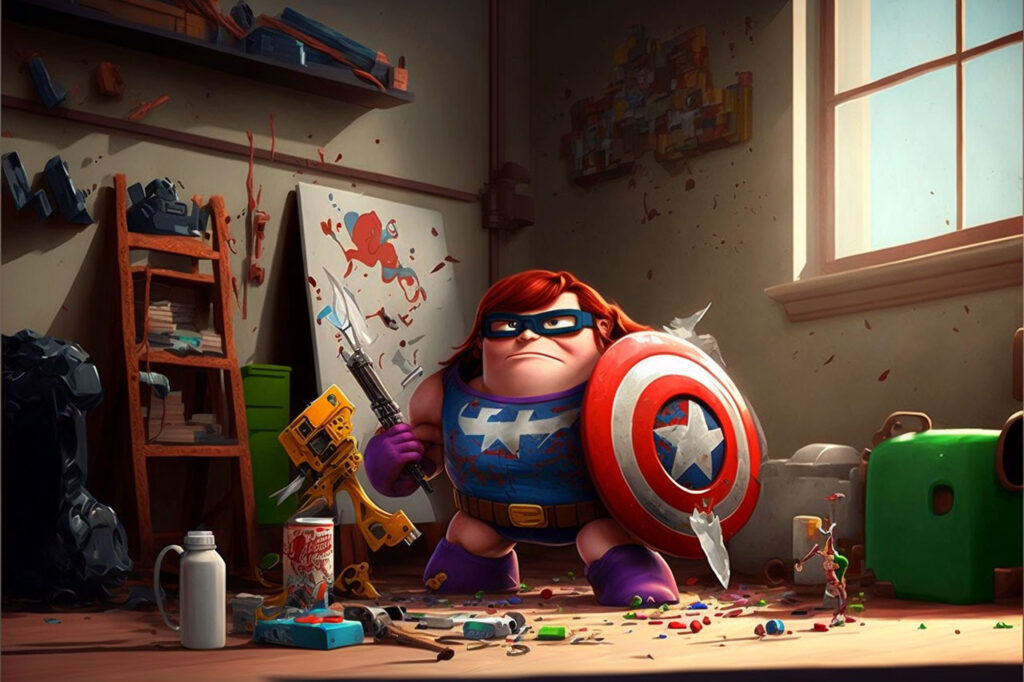Creativity is often seen as an optional or even frivolous activity, but it can actually have a profound impact on our mental health and well-being. In fact, research has shown that engaging in creative activities can have a number of positive effects on our mental health, including improved mood, reduced stress, and increased self-esteem.
One of the key ways in which creativity can benefit our mental health is by providing a sense of accomplishment and purpose. When we create something, whether it is a painting, a poem, or a piece of music, it can give us a sense of accomplishment and pride that can boost our self-esteem and overall well-being.
Creativity can also be a great way to reduce stress and promote relaxation. Engaging in creative activities requires us to focus on the present moment and let go of our worries and concerns. This can be especially helpful when we are feeling overwhelmed or anxious, as it allows us to escape from our stressors and find some respite in the creative process.
There are many ways to use creativity to reduce stress and promote relaxation. Here are a few ideas:
- Art therapy: Art therapy involves using creative activities, such as drawing, painting, or sculpting, to express emotions and explore personal issues. It can be a powerful way to reduce stress and promote relaxation by helping you focus on the present moment and let go of your worries and concerns.
- Journaling: Writing in a journal can be a great way to express your thoughts and emotions in a safe and private space. It can help you process your feelings and let go of stress and worry.
- Gardening: Gardening is a creative activity that can be incredibly relaxing and stress-reducing. It involves using your hands to create and cultivate something, which can be very satisfying and therapeutic.
- Cooking: Cooking is a creative activity that can be both relaxing and enjoyable. It allows you to focus on the present moment and lose yourself in the process of creating something delicious.
- Knitting: Knitting is a creative activity that requires you to focus on the present moment and pay close attention to what you are doing. It can be a very relaxing and stress-reducing activity.
In addition to its stress-reducing effects, creativity can also have a positive impact on our mood. Engaging in creative activities can help us feel more positive and optimistic, and it can also provide a sense of enjoyment and fulfillment that can improve our overall mood.
It’s clear that creativity is much more than just a passing fancy. It is an important aspect of our mental health and well-being, and it has the power to improve our mood, reduce stress, and boost self-esteem. So the next time you feel the urge to get creative, don’t hold back. Whether it’s painting, writing, or simply doodling in a notebook, the benefits of creativity are well worth the effort.
